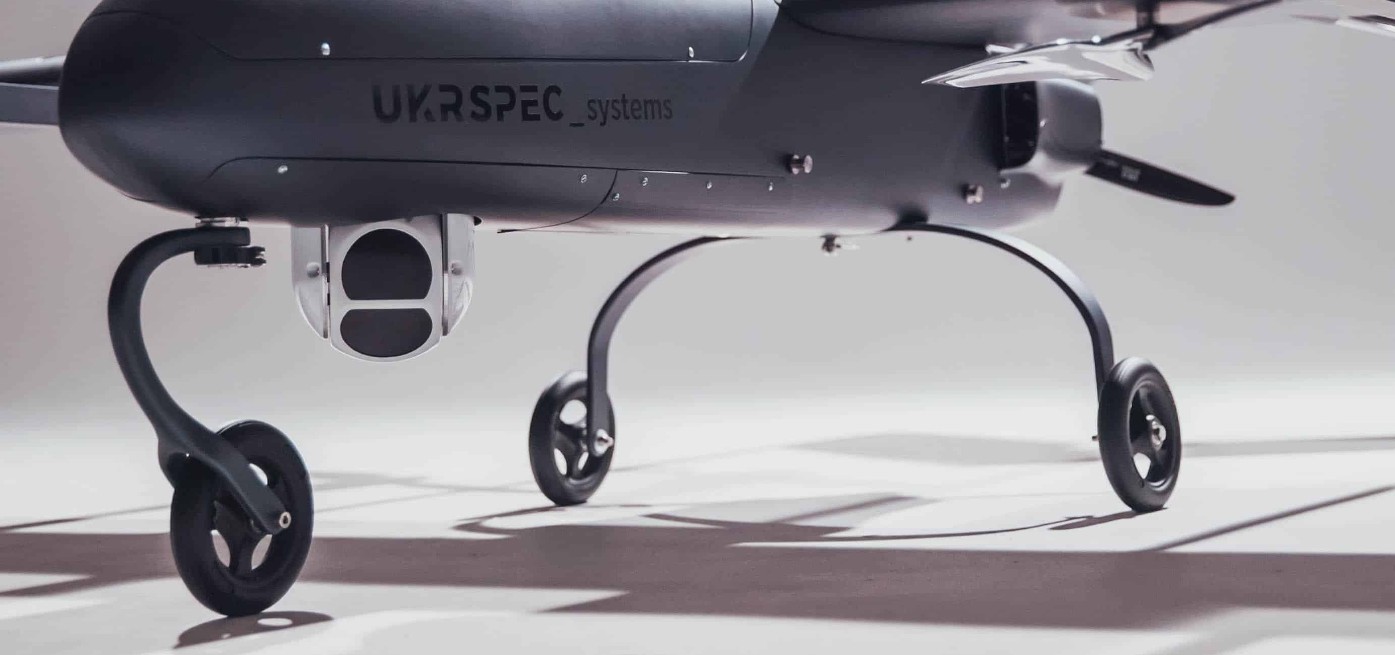
How to Block Drones with a Drone Jammer
In an age where the sky is dotted with drones, the importance of drone jammers has never been more significant. From commercial deliveries to personal

In recent years, the unmanned aerial vehicle (UAV), commonly known as a drone, has experienced explosive growth in the industry. Drones are now widely used in various sectors, including traditional and non-traditional security fields, scientific research, agriculture, power, transportation, and meteorology. However, the increasing popularity of drones, especially in the civilian market, has led to concerns about their potential for misuse and abuse. Drones have become a unique danger, as physical barriers, guards, and other security measures are unable to withstand their threats. This article aims to analyze how drones pose a threat to company confidentiality and explore the role of drone interference systems in countering these threats.
Fortunately, there are means to counter these threats. Let us now explore drone interference systems, also known as drone countermeasure devices or Drone Jammers. There are various types of drone products available, including fixed installation low-altitude defense systems, backpack-mounted drone countermeasure devices, trailer-mounted drone interference devices, and handheld Drone Jammers.
By selecting the appropriate drone countermeasure device, companies can effectively protect themselves from the security threats posed by drones. These devices prevent drones from taking off within the designated countermeasure area and prohibit external drones from entering. This eliminates potential risks to network security, data theft, and espionage. With the growing menace of drones, investing in drone interference systems becomes crucial for safeguarding company confidentiality and maintaining a secure environment.
Our frequency checker tool will help you check all frequency bands used in all country.

In an age where the sky is dotted with drones, the importance of drone jammers has never been more significant. From commercial deliveries to personal

Protect your vehicle’s location privacy with a professional guide on GPS jammers. From selection to legal considerations and installation tips, we’ve got you covered. Key

Here’s a step by step guide on how to build your own GPS jammer. Below are the main steps we are going to introduce in

Understanding Signal Blocker: How It Works and Its Applications Signal Blockers are devices that can disrupt mobile phone signals, preventing them from connecting to base

The Application and Benefits of High-Power Signal Jammers Enhancing Signal Blocking Efficiency in Various Environments In today’s technologically advanced world, the need for effective signal

Considerations for Purchasing Exam Room Signal Jammers Ensuring Effective Signal Jamming for Exam Integrity As the year approaches its end, many schools are preparing for

The Importance of Monitoring and Signal Interference Measures During Examinations During examination periods, it is crucial to closely monitor the examination venues and their surrounding

Selecting the Appropriate Cell Phone Jammer for Theaters and Auditoriums Overcoming Challenges in Installation and Maximizing Signal Disruption The Importance of Cell Phone Jamming in

Remote Control of Cell Phone Jammers via Smartphone: A Possibility? With the rapid development of the Internet of Things (IoT), numerous smart home devices have

Supplying high quality signal jamming devices since 2010. The only jammer store you can trust.
Jammer Master © 2024. Premium Signal Jammer Supplier Since 2010.